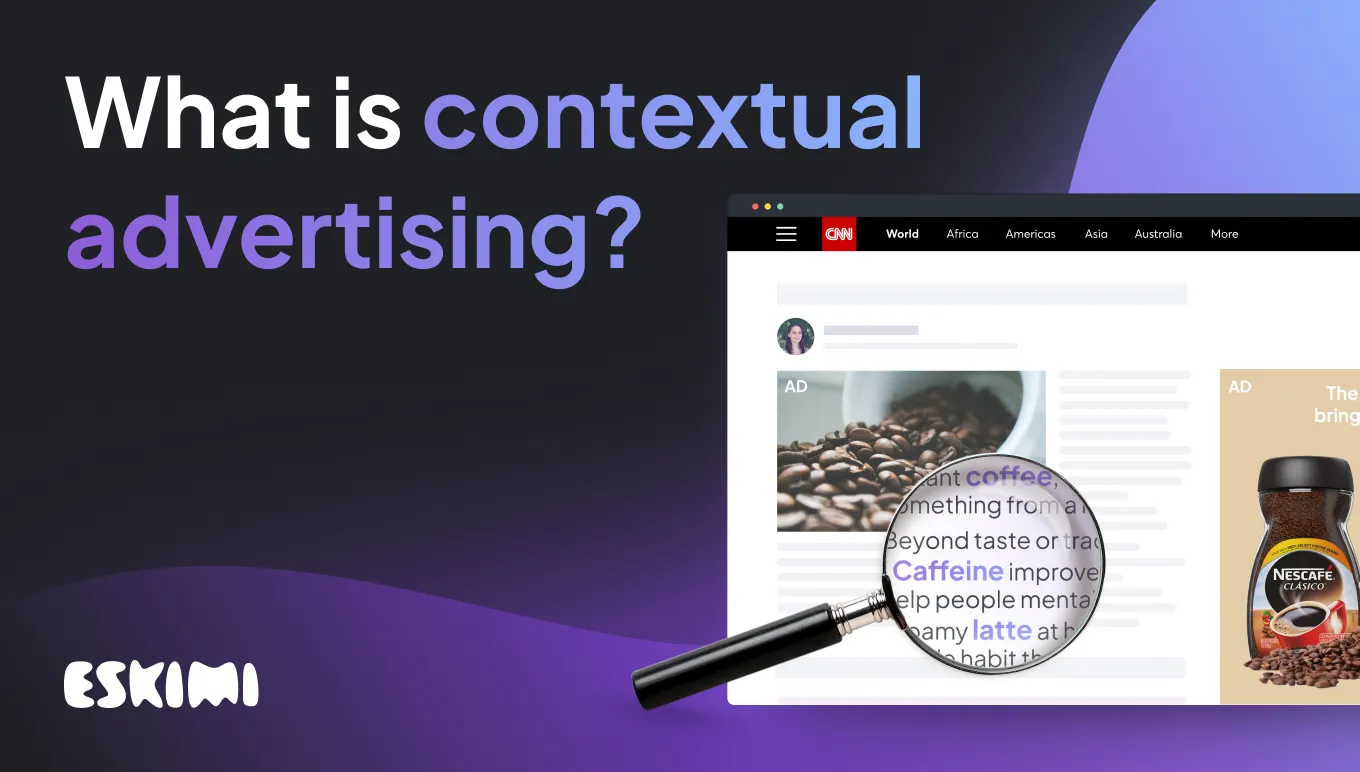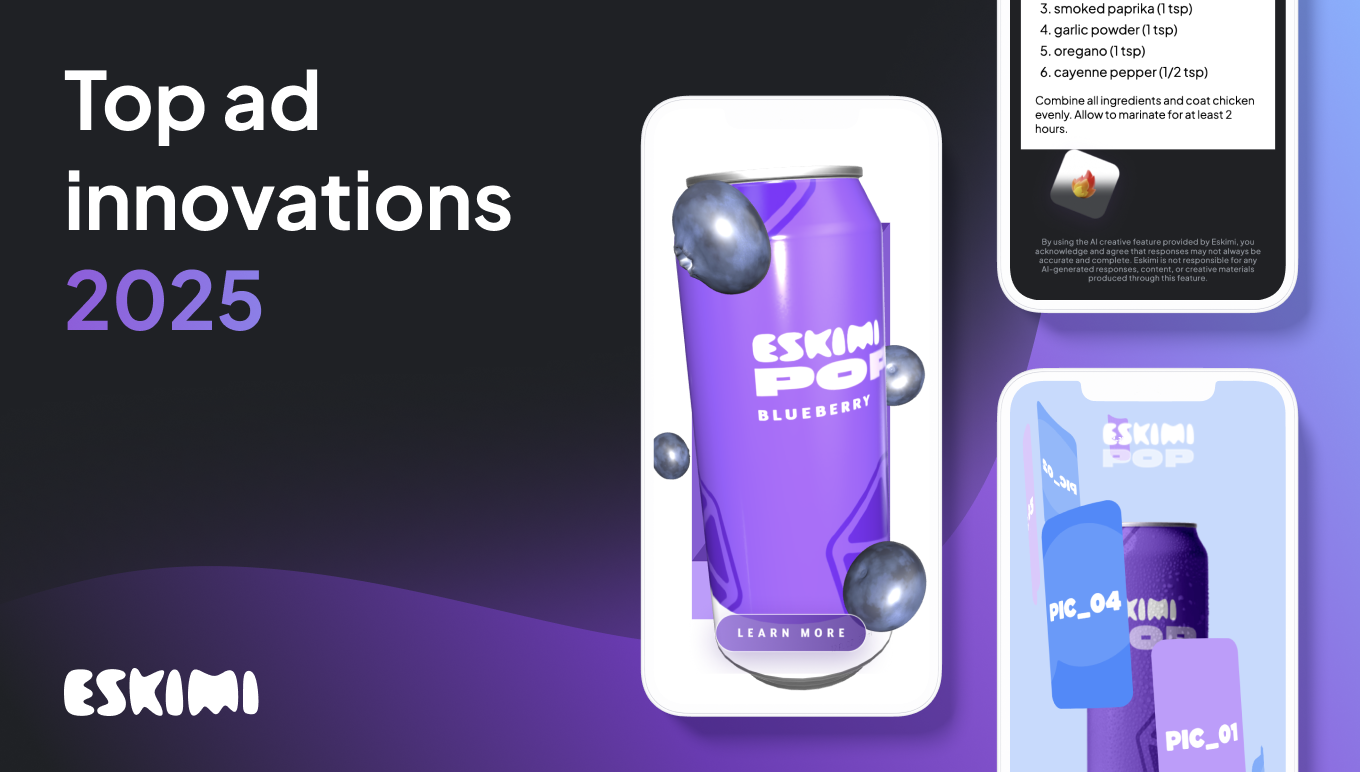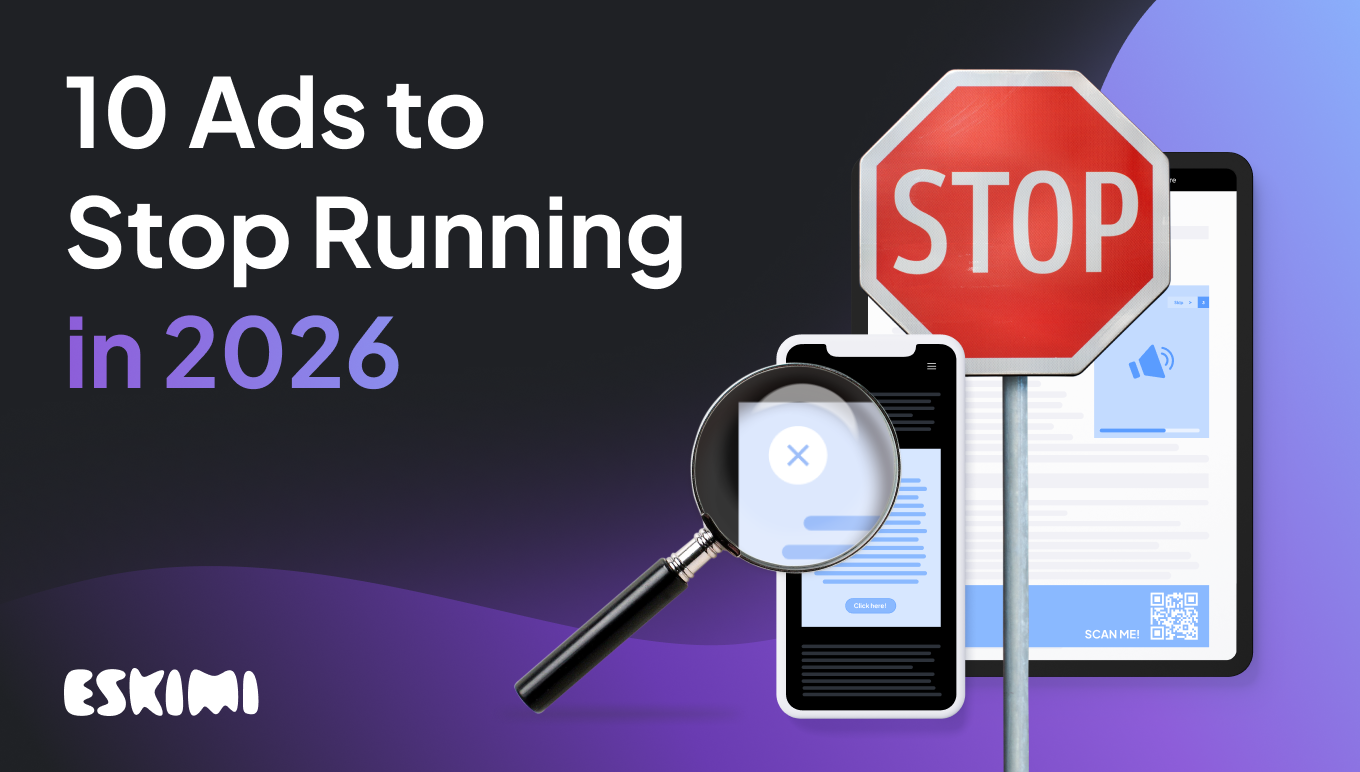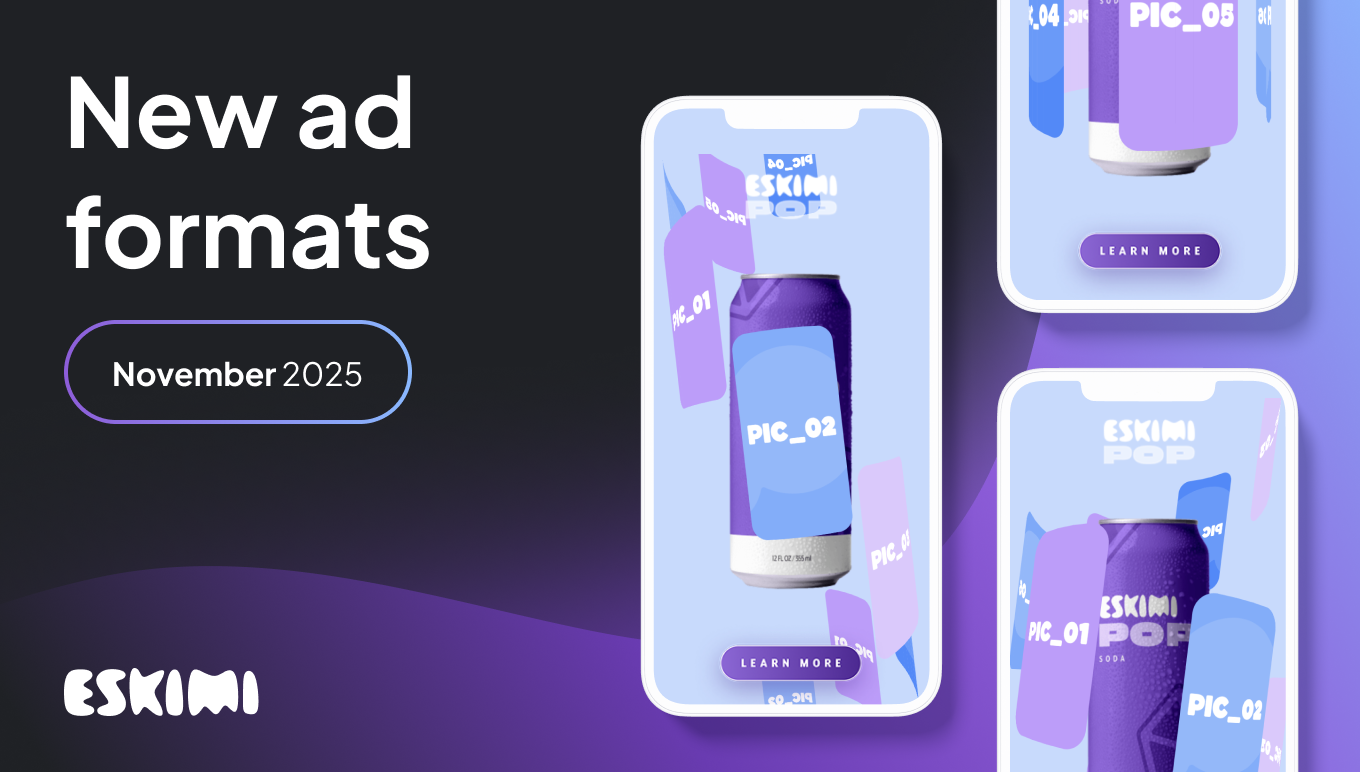Mastering contextual targeting: An easy guide for advertisers

For the past few years, marketers have been bracing for a cookieless future: third-party cookies will vanish, user privacy regulations will tighten, and audience data-based targeting will become a thing of the past. Digital advertising seemed to turn to contextual targeting as a Hail Mary.
Except the cookieless reality is… complicated.
Google has postponed the phase-out of third-party cookies multiple times. Workarounds, such as identity graphs, hashed emails, and data clean rooms, have emerged to extend the lifespan of addressable advertising.
Does that mean contextual advertising is no longer relevant?
Not really. Despite the back and forth, contextual targeting isn't just a backup plan — it's a smart, sustainable targeting strategy in its own right.
This guide will walk you through what contextual targeting is, how it works, and how to use it effectively — whether you're navigating a cookieless world or just looking to build better, safer campaigns today.
What is contextual targeting?
Contextual targeting places ads based on the content of a webpage — not user data. Contextual ads match relevant topics, keywords, or themes in real time. For example, a sports brand ad might appear on articles about football. Or an ad for a travel insurance company might appear on a blog about planning a summer holiday.
Why is it good? It’s privacy-friendly, aligns with real-time users' interests, and often leads to higher engagement because of the ad matching the content the user is currently interacting with.
How contextual targeting works
Contextual targeting uses natural language processing (NLP) machine learning to analyze a webpage's content in real time. It scans keywords, page structure, metadata, and overall sentiment to understand what the website content is truly about.
Once the system has a clear picture of the web page's content, it matches it with relevant ads — ensuring the ad placements align with what the user is actively reading.
Types of contextual targeting strategies
There are a few ways to approach contextual targeting. These methods can be used alone or in combination:
- Keyword matching. Contextual keyword targeting matches ads to specific words or phrases on the page. For example, a makeup brand will target web pages with keywords such as "smoky eye," "makeup," or "matte foundation." Benefit: Keyword contextual targeting is highly precise, making it ideal for niche products or campaigns with a tight focus.
- Topic targeting: Instead of individual words, topic contextual ads are matched to broader content themes or categories, like technology, travel, or health. Benefit: Scalable — reaches a wide audience interested in the general theme.
- Semantic targeting: Goes beyond keyword targeting to understand the meaning and tone of a website's content. This helps ensure ads appear in the proper context — e.g., avoiding a tech ad on a page about a data breach. Benefit: More accurate, prevents ads from appearing in irrelevant or harmful contexts.
- URL/page-level targeting: Targets specific pages or domains with known context. For example, a makeup brand places ads only on top beauty blogger websites or selected product review pages. Benefit: High control over where ads appear, making it great for brand alignment.
- Category exclusions (brand safety): Blocks ads from appearing in categories that could harm brand perception, like violence, adult content, or political controversies. For example, a premium brand excludes categories such as "Breaking Crime News" to maintain a positive image. Benefit: Protects brand reputation while keeping ads in safe, relevant contexts.
These strategies work best in combination. Relying on just one often limits reach or relevance, while blending them creates stronger, more adaptable campaigns. That's why Eskimi is developing an AI-powered, language-agnostic solution that builds custom contextual strategies at scale — keeping ads relevant, brand-safe, and effective across all kinds of content.
Now that we have established what contextual targeting is, let's examine how it compares to behavioral targeting, as they are often confused.
Contextual vs. behavioral targeting
While both aim to display relevant ads, contextual and behavioral targeting take very different approaches.
- Contextual targeting places ads based on the content a user is currently viewing. It looks at keywords, topics, and sentiment on the page, delivering ads that match.
- Behavioral Targeting uses data about a user's past online behavior: websites visited, searches made, and products viewed, to build target audience profiles. Ads are then served to those profiles, often across unrelated sites. For instance, if someone recently browsed camping tents, they might see tent ads while reading a news article that has nothing to do with camping.
Key differences between contextual and behavioral advertising
- Data source: Contextual targeting relies on page content; behavioral targeting relies on user data.
- Privacy: Contextual advertising doesn't require personal data or cookies; behavioral advertising often does.
- Timing: Contextual targeting captures "in the moment" interest; behavioral targeting focuses on historical interest.
- Relevance: Contextual matches the ad to the current context; behavioral matches it to past behavior, which may or may not still be relevant.
Now that we've clarified the differences between contextual and behavioral targeting, it's clear that contextual targeting is a pretty good alternative — especially in a privacy-conscious world. But its value isn't limited to compliance or cookie workarounds. Let's dive into the specific advantages that make contextual targeting a strategic choice for advertisers today
Benefits of contextual advertising
- Privacy-friendly. Because contextual targeting focuses on what a person is viewing rather than who they are, it doesn't rely on cookies or personal data. This makes it naturally compliant with privacy laws like GDPR and CCPA, while also future-proofing campaigns in case cookieless becomes a standard.
- Higher relevance and timeliness. Ads are shown in direct connection to the content a user is consuming at that moment. This relevance can significantly increase engagement, click-through rates, and conversions because the ad is aligned with the user's current mindset and intent.
- Enhanced brand safety. Through category exclusions, sentiment analysis, and semantic understanding, advertisers can avoid placing ads alongside harmful, sensitive, or negative content. This protects brand reputation and maintains consumer trust.
- Scalable reach without compromise. Topic targeting and AI-driven classification enable reaching large audiences while remaining relevant. Advertisers can cover thousands of websites without manually selecting each placement — but without sacrificing context quality.
- Language and market adaptability. With AI-powered, language-agnostic targeting, brands can run consistent campaigns across multiple markets and languages without having to build separate keyword lists for each region. This is especially useful for global campaigns.
- Better user experience and engagement. When ads blend naturally with surrounding content, they feel less like interruptions and more like relevant recommendations. This improves user experience, boosts attention metrics, and increases the likelihood of meaningful interactions.
What advertising strategy should you choose?
With so many targeting options available, the question shouldn't be which one to use — but how to combine them effectively.
Contextual targeting is a strong foundation, especially in a privacy-first world. It ensures your ads are relevant to the content users are engaging with — without relying on personal data. Behavioral targeting is valuable for retargeting and conversion-led campaigns.
But don't stop there. Demographic, geographic, device, and time-based targeting can all enhance your strategy when layered thoughtfully. For example, pairing contextual ads with geo-targeting can localize your message without compromising privacy. Or combining topic-based targeting with demographic insights can boost relevance for key audience segments.
The most innovative strategies use targeting types in tandem — blending context, behavior, and audience signals to deliver the right message at the right time, in the right place.
At Eskimi, we offer a full suite of targeting solutions — from advanced contextual and behavioral tools to geo, device, demographic, and interest-based targeting — all within a single, easy-to-use platform. Ready to build smarter, privacy-friendly campaigns? Get in touch with our team to explore how we can help.
Level Up Your Advertising with Eskimi
- Reach 96% of Open Web
- 2,500+ Targeting Options
- 100% Managed or Self-Service
- In-House Creative Studio Team
- Display, Video, In-Game & CTV
- #1 Rated DSP on G2





